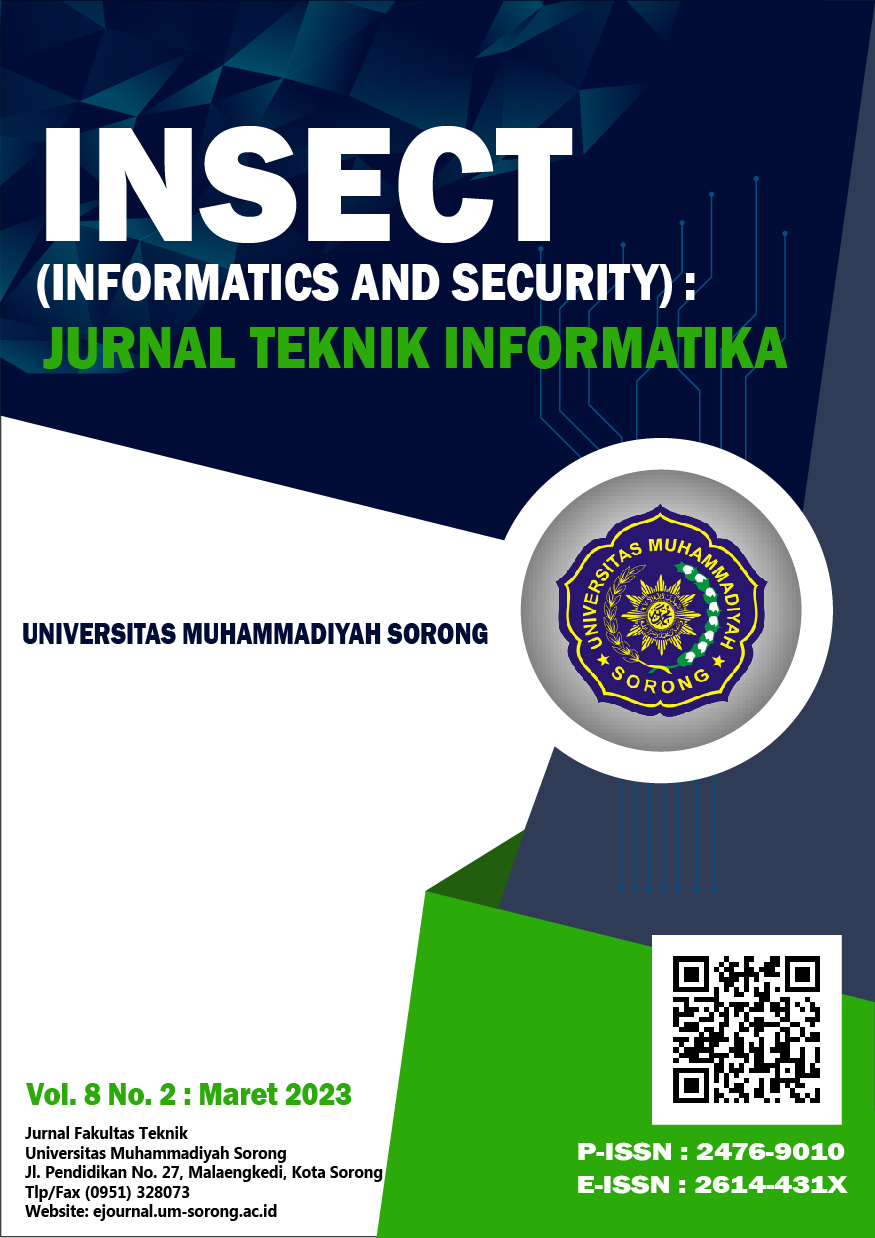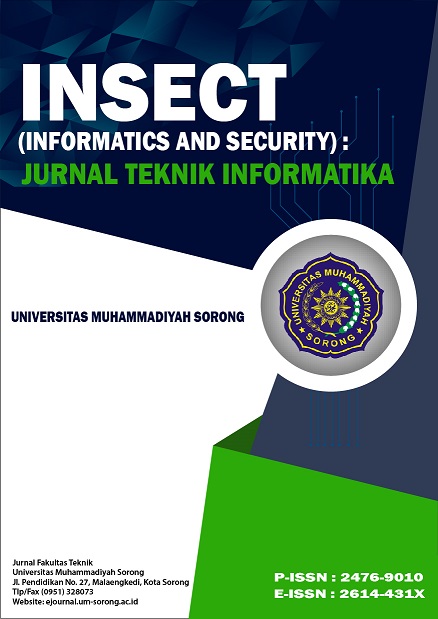The E-Government Factors of Smart Mobility Success using DeLone McLean and E-Government Adoption Models
Factors of Smart Mobility Success using DeLone McLean and E-Government Adoption Models
DOI:
https://doi.org/10.33506/insect.v8i2.2210Keywords:
Keywords: E-government, DeLone McLean, E-government Adoption Model, SEM PLS, Smart MobilityAbstract
E-government is an information systems for public services with an easily accessible and efficient system used by the government. This research aims to find out the factors influencing success and adoption using the DeLone McLean model and the E-Government Adoption Model (GAM) in the implementation of the TransportasiKu application of the Surabaya Transportation Agency. This research used a quantitative approach by collecting data through questionnaires using a measurement scale, namely the Likert scale. The sample collection technique for this research was simple random sampling with 100 respondents in total samples. The technique of data analysis in this research used SEM-PLS. The results of this study found that of the eight hypotheses proposed, five were accepted while the other three were rejected. Computer Self-Efficacy and Perceived Trust positively and significantly affect E-government Adoption. Information Quality has a positive and meaningful effect on the Intention to Use. E-government Adoption and Intention to Use positively and significantly affect Net Benefit. Meanwhile, Perceived Awareness of E-government Adoption, System Quality, and Service Quality towards Intention to Use results are not significant.
References
REFERENCE
Risnandar, “Analisis E-Government Dalam Peningkatan Pelayanan Publik Pada Dinas Komunikasi Dan Informatika Provinsi Sulawesi Tengah,” Katalogis, vol. 2, no. 7, pp. 192–199, 2014.
A. Monga, “E-government in India : Opportunities and challenges,” vol. 3, no. 2, pp. 52–61, 2008.
Advertorial, “Aplikasi Transportasiku Permudah Layanan Transportasi Warga Surabaya,” detikNewa, 2019. https://news.detik.com/adv-nhl-detikcom/d-4625614/aplikasi-transportasiku-permudah-layanan-transportasi-warga-surabaya (accessed Jul. 10, 2022).
W. W. Winarno, Mafis, and A, “Faktor-faktor yang Mempengaruhi Penerimaan Layanan E-Government di Kabupaten Gunungkidul,” 2020, [Online]. Available: https://dspace.uii.ac.id/handle/123456789/30935
L. A. S. Dewi and Mudjahidin, “Analisis Penerapan Aplikasi Surabaya Single Windows Pemerintah Kota Surabaya Menggunakan Government Adoption Model (GAM),” J. Tek. Pomits, vol. 3, no. 2, p. A-210-A-215, 2014.
S. Martono, A. NURKHIN, H. MUKHIBAD, I. ANISYKURLILLAH, and C. W. WOLOR, “Understanding the Employee’s Intention to Use Information System: Technology Acceptance Model and Information System Success Model Approach,” J. Asian Financ. Econ. Bus., vol. 7, no. 10, pp. 1007–1013, 2020, doi: 10.13106/jafeb.2020.vol7.no10.1007.
M. A. Shareef, V. Kumar, U. Kumar, and Y. K. Dwivedi, “E-Government Adoption Model (GAM): Differing service maturity levels,” Gov. Inf. Q., vol. 28, no. 1, pp. 17–35, 2011, doi: 10.1016/j.giq.2010.05.006.
W. H. DeLone and E. R. McLean, “The DeLone and McLean model of information systems success: A ten-year update,” J. Manag. Inf. Syst., vol. 19, no. 4, pp. 9–30, 2003, doi: 10.1080/07421222.2003.11045748.
N. Thongsri, L. Shen, and Y. Bao, “Investigating factors affecting learner’s perception toward online learning: evidence from ClassStart application in Thailand,” Behav. Inf. Technol., vol. 38, no. 12, pp. 1243–1258, 2019, doi: 10.1080/0144929X.2019.1581259.
M. A. Almaiah, A. Al-Khasawneh, A. Althunibat, and S. Khawatreh, “Mobile Government Adoption Model Based on Combining GAM and UTAUT to Explain Factors According to Adoption of Mobile Government Services,” Int. J. Interact. Mob. Technol., vol. 14, no. 3, pp. 199–225, 2020, doi: 10.3991/ijim.v14i03.11264.
M. Z. I. Lallmahomed, N. Lallmahomed, and G. M. Lallmahomed, “Factors influencing the adoption of e-Government services in Mauritius,” Telemat. Informatics, vol. 34, no. 4, pp. 57–72, 2017, doi: 10.1016/j.tele.2017.01.003.
P. S. K. dan A. D. M. Suharno Pawirosumarto, “PENGARUH COMPUTER SELF-EFFICACY TERHADAP KUALITAS SISTEM, KUALITAS INFORMASI, KUALITAS LAYANAN, PENGGUNAAN, KEPUASAN PENGGUNA, DAN DAMPAK INDIVIDU,” J. Mix. Vol. VI, No. 2, Juni 2015, vol. VI, no. Juni, pp. 1–23, 2015.
I. Ghozali, Structural Equation Modeling Metode Alternatif Dengan PLS. Edisi 4 - Imam Al-Ghozali, 4th ed. Semarang: Universitas Diponegoro Semarang, 2014.
Suwardi, “Pengaruh Penggunaan E-Form Terhadap Peningkatan Kepatuhan Wajib Pajak,” Simposium Nasional Keuangan Negara. pp. 654–676, 2020.
A. Kurniati, D. J. H. W. M.Si., and M. M. Dewi Sri Andika Rusmana, S.i.Kom., “HUBUNGAN MOTIF MENONTON FILM DAN TINGKAT KEPUASAN PENONTON TERHADAP FILM ‘DILAN 1990,’” no. X, 2019.
M. Rodliyah, “Estimated Score Factor With Partial Least Square (Pls) on Measurement Model,” pp. 37–42, 2016.
R. W. Putri and M. Miftahuddin, “Perbandingan Data Harian dan Data Bulanan pada Suhu Permukaan Laut di Samudera Hindia Menggunakan Partial Least Square-Structural Equation Modelling,” Jambura J. Math., vol. 4, no. 1, pp. 1–16, 2022, doi: 10.34312/jjom.v4i1.11191.
A. Ermawati, “Discriminant Validity, Convergent Validity, Composite Realiability,” J. Agora, vol. 6, no. 2, p. 287097, 2018.
M. Amin, A. Muta’ali, and M. C. Nafis, “Analisis Faktor-Faktor yang Mempengaruhi Minat Calon Jemaah Haji DKI Jakarta dan Jawa Barat Untuk Menggunakan Layanan Transaksi Nontunai,” J. Middle East Islam. Stud., vol. 12, no. 3, pp. 79–98, 2020.
A. Y. Nawangsari, Structural Equation Modeling Pada Perhitungan Indeks Kepuasan Pelanggan Dengan Menggunakan Software Amos (Studi Kasus: Perhitungan Indeks Kepuasan Mahasiswa FMIPA UNY Terhadap Operator IM3). 2011.
R. D. Darmawan, “Analisa Pengaruh Work-Family Conflict Dan Job Stress Terhadap Job Performance Perawat Di Rumah Sakit ‘X,’” Agora, vol. 6, no. 2, pp. 1–6, 2018.
Z. Wildhania Basuki and I. Rachmawati, “PENGARUH ‘APPSCAPE’ TERHADAP ADOPSI APLIKASI MOBILE DAN M-LOYALTY PADA PENGGUNA APLIKASI TRAVELOKA DI INDONESIA Jurnal Mitra Manajemen (JMM Online),” Zelda Wildhania Basuki, vol. 1, no. 2, pp. 339–354, 2019.
S. Haryono, “METODE SEM Untuk Penelitian Manajemen dengan AMOS LISREL PLS,” Luxima Metro Media, p. 450, 2017.
J. Gaskin and P. B. Lowry, “Partial Least Squares (PLS) Structural Equation Modeling (SEM) For Building And Testing Behavioral Causal Theory: When To Choose It And How To Use It,” IEEE Trans. Prof. Commun., vol. 57, no. 2, pp. 123–146, 2014.
J. E. P. Marpaung, B. Suharjo, and Y. H. Asnawi, “Pengaruh Kualitas Layanan Petugas Agen Brilink (PAB) Terhadap Loyalitas Agen Brilink,” J. Apl. Bisnis dan Manaj., vol. 8, no. 1, pp. 144–158, 2022, doi: 10.17358/jabm.8.1.144.
D. Junianto and J. Sabtohadi, “Pengaruh Sistem Perjanjian Kerja Waktu Tertentu Dan Motivasi Kerja Terhadap Kinerja Karyawan Pada Industri Pabrik Gula,” Equilib. J. Ilm. Ekon. Manaj. dan Akunt., vol. 9, no. 1, pp. 1–9, 2020, doi: 10.35906/je001.v9i1.423.
Downloads
Published
How to Cite
Issue
Section
License
Copyright (c) 2023 Hernu Haryono, Faris Muslihul Amin, Nurissaidah Ulinnuha

This work is licensed under a Creative Commons Attribution-ShareAlike 4.0 International License.








